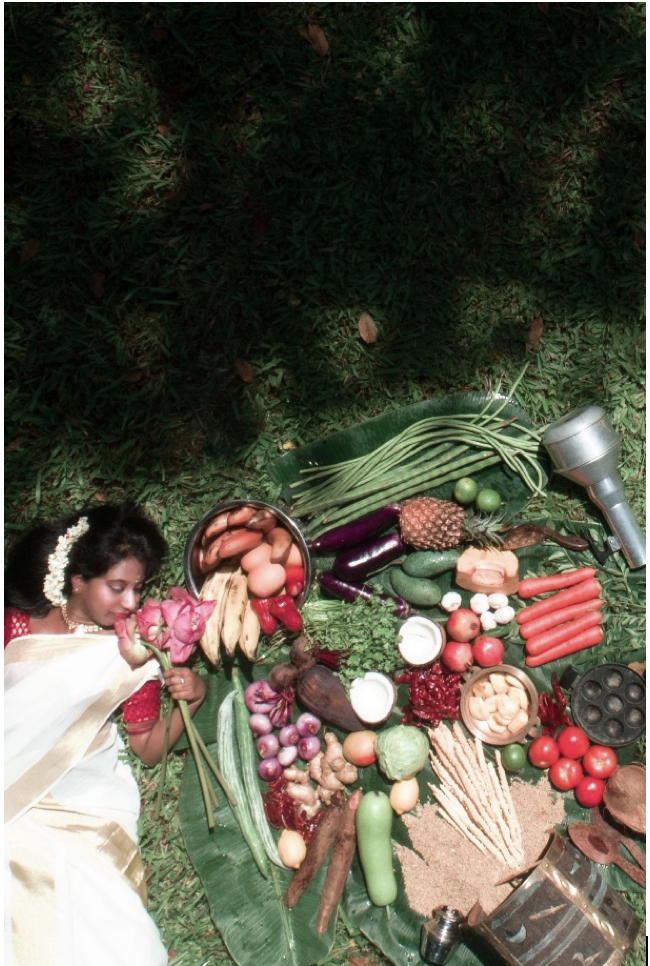The Culinary Space: Food as a Narrative Tool in Agatha Christie’s Detective Novels
Main Article Content
Abstract
Kevin Burton Smith in his article ‘Murder on the Menu’ (2010), comments, “right from the start there’s been a curious link between food (and drink) and crime fiction.” Despite the fact that culinary mystery novels arose as a subgenre of crime fiction in the late twentieth century, food has always been a part of crime fiction, and has played an important role in the early stories of Sherlock Holmes and Edgar Allan Poe. Food is frequently depicted as a source of stability and order in crime novels, establishing verisimilitude, creating a genuine world, a world as we know it. Agatha Christie, too, has included significant reference to food, eating habits and food rituals throughout her detective stories, using it as a tool to create a feminine and domestic space. This paper will analyse how Christie has used the depiction of food as a tool to further the narrative, portraying it in her novels as a calming ritual and a clue to the murder. However, food in Christie’s stories can also gain a more sinister undertone, and this paper will also analyse this, focusing on how Christie transforms food into a murder weapon itself, as a bad omen indicating events, thereby, blending reality with the storyline and lending vivacity to her characters and her plots.
Downloads
Article Details

This work is licensed under a Creative Commons Attribution 4.0 International License.
Copyrights of all materials published in SARE are retained by the authors. Authors may republish their work or grant others permission to republish it. We would be grateful if republication is accompanied by an acknowledgment that the work was originally published in SARE.
References
Baučeková, Silvia. Dining Room Detectives: Analysing Food in the Novels of Agatha Christie.
Cambridge Scholars Publishing, 2015.
---.‘The Flavour of Murder: Food and Crime in the Novels of Agatha Christie’. Prague
Journal of English Studies, Vol. 3, No. 1, 2014, pp. 35-45.
Christie, Agatha. The Mysterious Affair At Styles. Harper Collins, 1920.
---.Murder of Roger Ackroyd. Harper Collins, 1936.
---.Murder on the Orient Express. Harper Collins, 1934.
---. At Bertram’s Hotel. Harper Collins, 2011.
---.A Pocketful of Rye. Harper Collins, 2011.
---.And Then There Were None. Harper Collins, 2011.
---.Sparkling Cyanide. Harper Collins, 2002
---.4.50 From Paddington. Harper Collins, 2011
---.Three Act Tragedy. Berkeley, 1934.
---.A Christmas Adventure. Harper Collins, 2011.
---.A Murder is Announced. Harper Collins, 2011.
---.A Caribbean Mystery. Harper Collins, 2011.
Knight, Stephen. Form and Ideology in Detective Fiction. Macmillan Press, 1980.
---. Crime Fiction 1800-2000: Death, Detection and Diversity. Palgrave
Macmillan, 2004.
Priestman, Martin, editor. Cambridge Companion to Crime Fiction. Cambridge UP, 2003.
Baučeková, Silvia. Dining Room Detectives: Analysing Food in the Novels of Agatha Christie.
Cambridge Scholars Publishing, 2015.
---.‘The Flavour of Murder: Food and Crime in the Novels of Agatha Christie’. Prague
Journal of English Studies, Vol. 3, No. 1, 2014, pp. 35-45.
Christie, Agatha. The Mysterious Affair At Styles. Harper Collins, 1920.
---.Murder of Roger Ackroyd. Harper Collins, 1936.
---.Murder on the Orient Express. Harper Collins, 1934.
---. At Bertram’s Hotel. Harper Collins, 2011.
---.A Pocketful of Rye. Harper Collins, 2011.
---.And Then There Were None. Harper Collins, 2011.
---.Sparkling Cyanide. Harper Collins, 2002
---.4.50 From Paddington. Harper Collins, 2011
---.Three Act Tragedy. Berkeley, 1934.
---.A Christmas Adventure. Harper Collins, 2011.
---.A Murder is Announced. Harper Collins, 2011.
---.A Caribbean Mystery. Harper Collins, 2011.
Knight, Stephen. Form and Ideology in Detective Fiction. Macmillan Press, 1980.
---. Crime Fiction 1800-2000: Death, Detection and Diversity. Palgrave
Macmillan, 2004.
Priestman, Martin, editor. Cambridge Companion to Crime Fiction. Cambridge UP, 2003.
